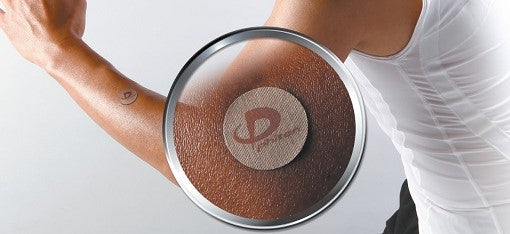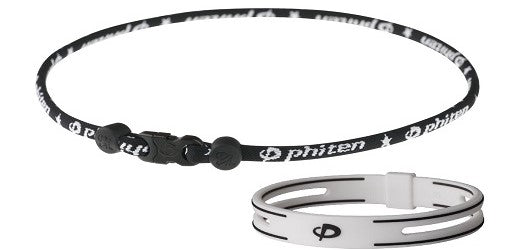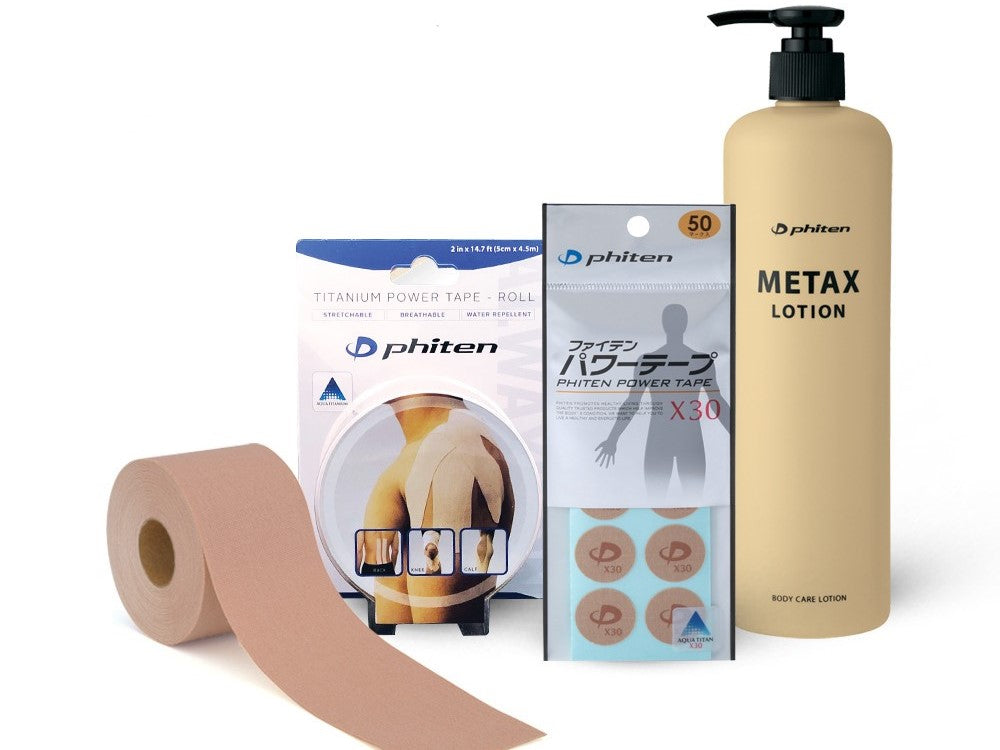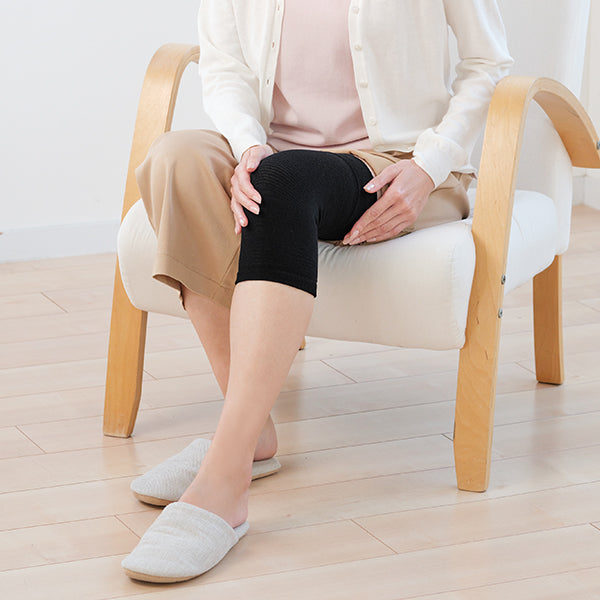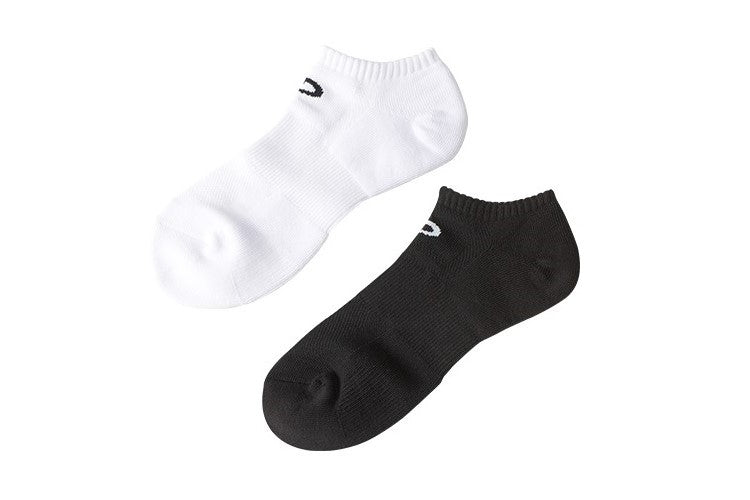JUMPING INTO KNOWLEDGE: UNDERSTANDING JUMPER'S KNEE AND HOW TO PREVENT IT
Welcome to another edition of PHITEN newsletter, where we bring you valuable insights into common causes of knee pain. In this installment, we shed light on "Jumper's Knee," a condition that affects athletes and active individuals alike. Understanding the symptoms and risk factors associated with Jumper's Knee is crucial for maintaining optimal knee health and preventing further discomfort. So let's dive in!
Jumper's Knee, also known as patellar tendonitis or patellar tendinopathy, is a condition that occurs when the patellar tendon, which connects the kneecap to the shinbone, becomes strained and inflamed. This condition often occurs in athletes who engage in repetitive jumping or explosive movements, such as basketball players, volleyball players, and runners. However, it can also affect individuals who participate in high-impact activities or those who have sudden increases in training intensity.

Prevention is key when it comes to Jumper's Knee. Here are some useful tips to protect your knees and reduce the risk of this painful condition:
1. Warm up and cool down properly: Before starting any exercise or activity, make sure to warm up your muscles and joints with dynamic stretches and movements. Similarly, finish your workout with appropriate cool-down exercises to gradually bring your heart rate down and promote recovery.
2. Strengthen the surrounding muscles: Include exercises that focus on strengthening the quadriceps, hamstrings, and glutes in your fitness routine. Strong muscles around the knee provide better support and help alleviate stress on the patellar tendon.
3. Gradual progression is key: Avoid sudden spikes in training intensity or duration. Instead, gradually increase the intensity or duration of your workouts over time to allow your body to adapt and minimize the risk of overuse injuries.
4. Listen to your body: Pay attention to any warning signs, such as persistent knee pain or discomfort. If you experience symptoms of Jumper's Knee, it's essential to rest and seek appropriate medical advice. Pushing through the pain can worsen the condition and prolong your recovery.
5. Incorporate cross-training and rest days: Vary your workouts by engaging in low-impact activities like swimming, cycling, or yoga to give your knees a break from repetitive stress. Additionally, allow for rest days in your training schedule to allow your body ample time to recover and repair.
Symptom Checklist for Jumper's Knee:
□ Persistent knee pain: Experience pain just below the kneecap, which may worsen during or after physical activity.
□ Tenderness and swelling: Notice swelling or tenderness around the patellar tendon area.
□ Stiffness and reduced flexibility: Feel stiffness in the knee joint and difficulty fully straightening the leg.
□ Weakness and decreased performance: Notice a decline in strength and performance during activities that involve the knee.
People Who Should Pay Attention:
□ Athletes and active individuals: If you engage in sports or activities that involve repetitive jumping, such as basketball, volleyball, or high-impact training, it's crucial to be aware of the symptoms of Jumper's Knee.
□ Individuals with sudden increases in training intensity: If you've recently intensified your exercise routine, particularly involving jumping or explosive movements, you should remain vigilant for any signs of knee pain.
□ Those who have experienced previous knee injuries: If you've had a history of knee injuries or surgeries, you may be more susceptible to developing Jumper's Knee. Be proactive in preventing further damage by paying attention to early warning signs.
At PHITEN, we prioritize your well-being and strive to equip you with the knowledge necessary to make informed decisions about your health. Stay tuned for future newsletters, where we will share tips to promote overall wellness.
Wishing you a healthy and active lifestyle!
Disclaimer:
Please note that the information provided in this newsletter is for educational purposes only. It is not intended as a substitute for professional medical advice, diagnosis, or treatment. Always seek the advice of your physician or other qualified health providers with any questions you may have regarding a medical condition.
These statements have not been evaluated by the FDA. This product is not intended to diagnose, treat, cure or prevent any disease.
Individual results may vary significantly. Not all users will experience the intended benefits of Phiten products, and individuals must try for themselves to see whether it works for them.


